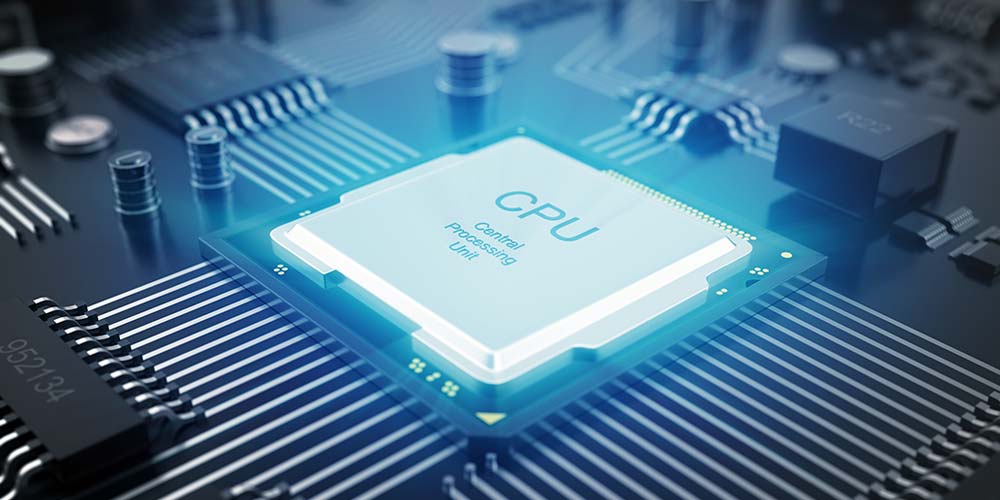HOME / Technologies / x86 and ARM-Based Architectures for Industrial Computing
x86 and ARM-Based Architectures for Industrial Computing

In industrial computing, the choice of processor architecture is crucial for determining system performance, reliability, and efficiency. Two of the most prominent architectures in this domain are x86 and ARM-based architectures.
x86 Architecture:
x86 processors are known for their high processing power, robustness, and compatibility with a wide range of software and hardware components. Built on Complex Instruction Set Computing (CISC), x86 processors can handle complex tasks. This makes them ideal for demanding industrial applications, such as control systems, SCADA, and real-time data processing in manufacturing.
ARM-Based Architecture:
ARM-based architectures, rooted in Reduced Instruction Set Computing (RISC), have gained popularity due to their energy efficiency, low heat generation, and compact form factor. These processors are especially well-suited for embedded and low-power applications, such as edge computing, IoT devices, and smart industrial machinery.
Key differences between x86 and ARM CPUs:
| Feature | x86 CPU | ARM CPU |
| Architecture Type | CISC (Complex Instruction Set Computing) | RISC (Reduced Instruction Set Computing) |
| Performance | High performance, suitable for complex and demanding tasks | Generally lower performance but rapidly improving for high-demand tasks |
| Power Consumption | High | Low |
| Heat Generation | Higher heat output, requires more cooling | Low heat output, does not need active cooling |
| Software Compatibility | Broad compatibility | Have limitations but with growing software support |
| Battery Life | Short battery life | Superior battery life |
| Cost | Expensive | Cheaper |
| Recent Innovations | Expanding into energy-efficient processors (e.g., Intel® Atom®, Xeon® D) | Performance advancements in high-end processors (e.g., ARM Cortex-A, Neoverse) |
Recently, the distinction between x86 and ARM architectures has become increasingly blurred, as both have evolved to meet the demands of modern industrial computing. Intel has developed the Atom® series for power efficiency, while ARM has advanced the Cortex-A series for high-end applications.
In practice, the choice between x86 and ARM-based architectures for industrial computing often depends on the specific requirements of the application. For example,
x86 might be preferred in a manufacturing facility requiring real-time control and high processing power, while ARM could be better suited for a distributed IoT network where energy efficiency and scalability are key.
Neousys offers both x86 and ARM-based architectures ranging from Intel®, AMD, NVIDIA® Jetson processors and modules to fulfill applications requirement for computing performance, power, environments and deployments. Edge AI applications wise, you can choose from Fanless Embedded, AI-accelerate (GPU-aided) Computing, and Waterproof Rating Embedded.
